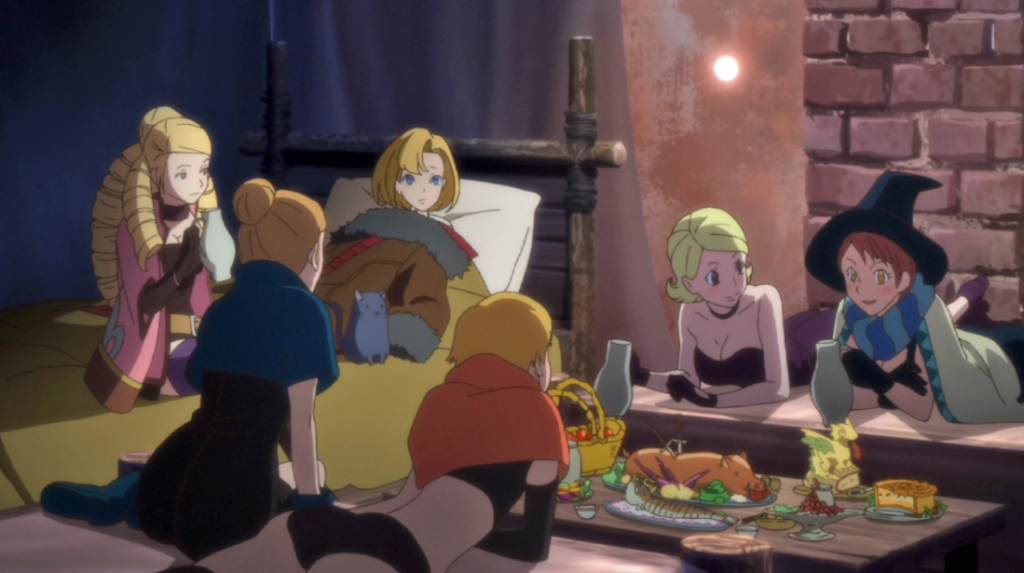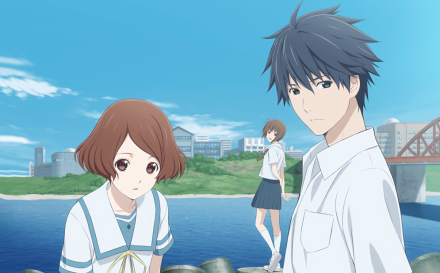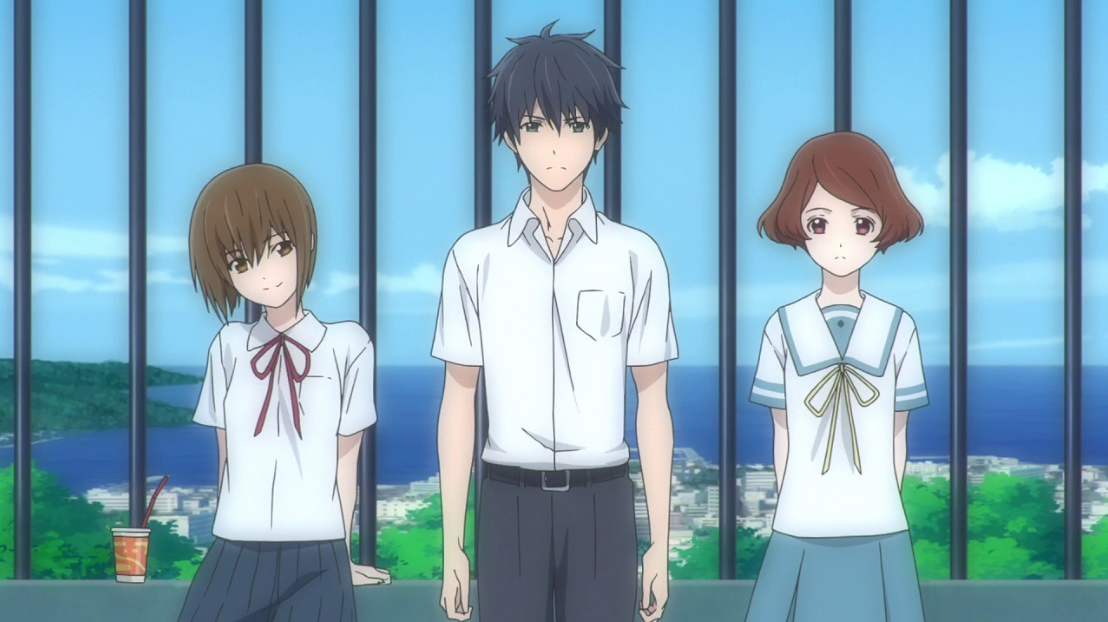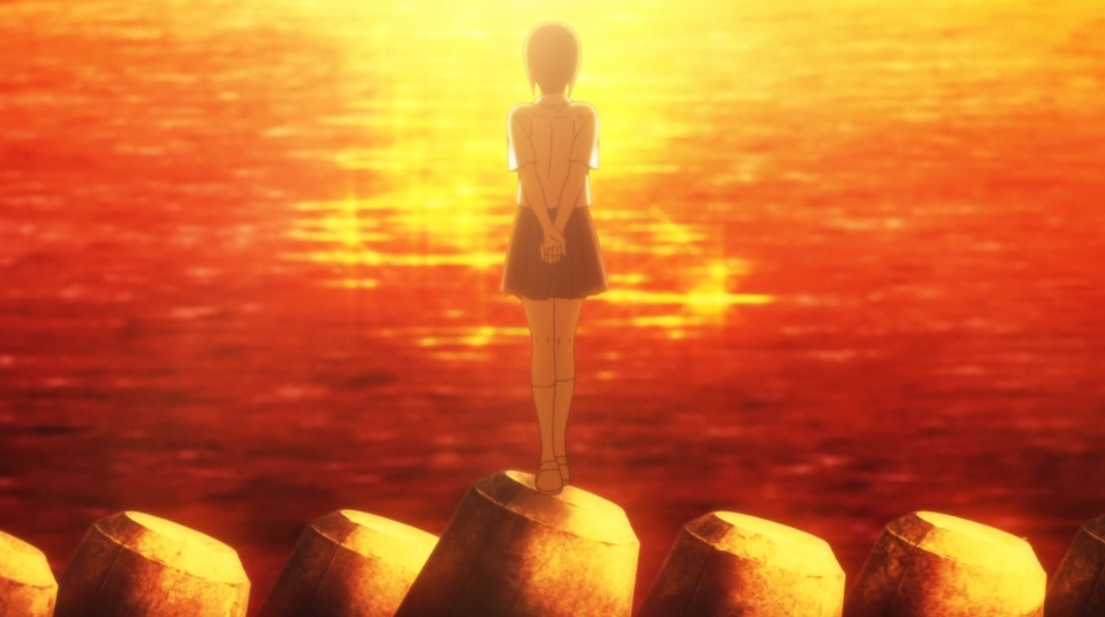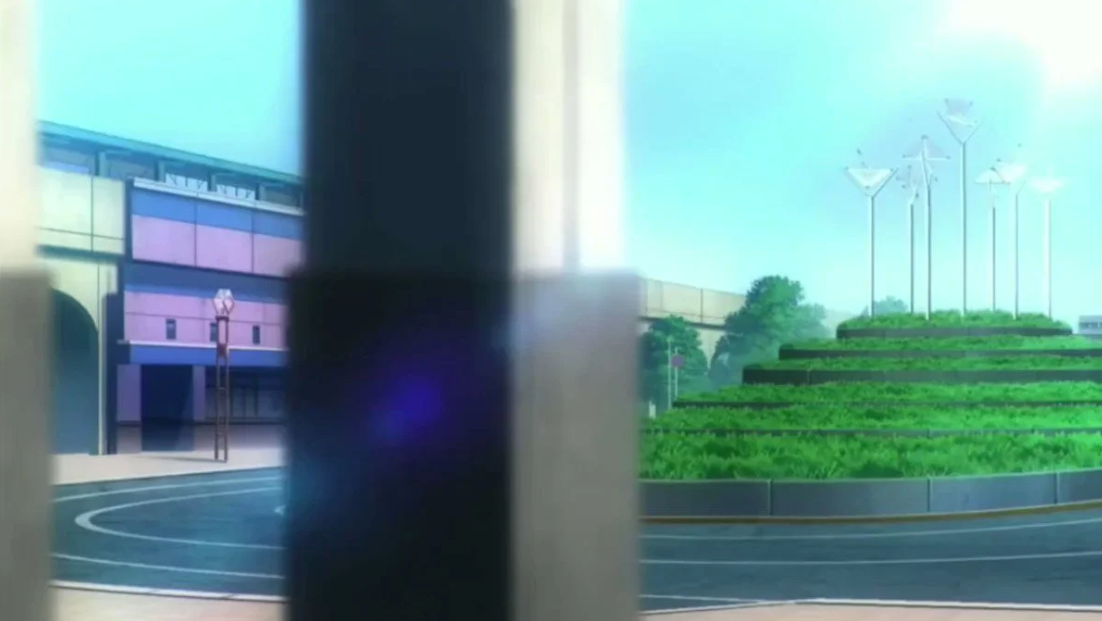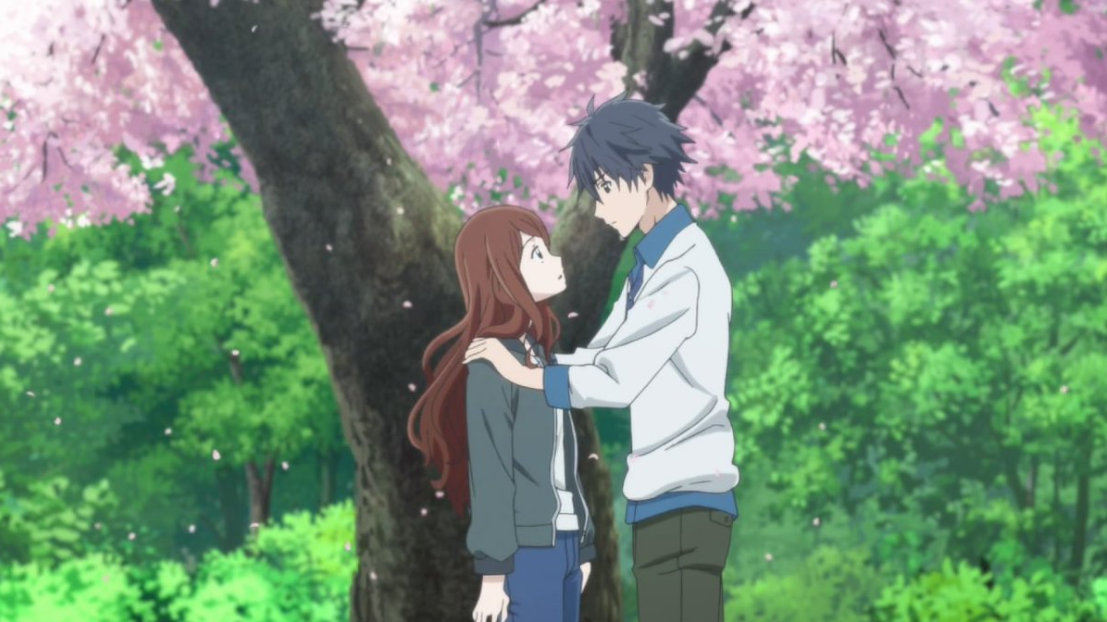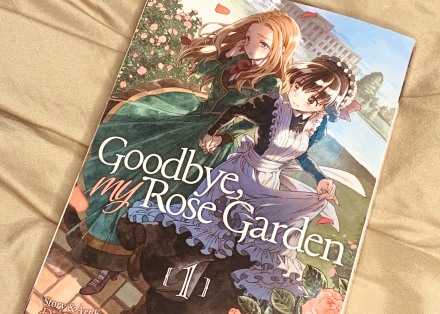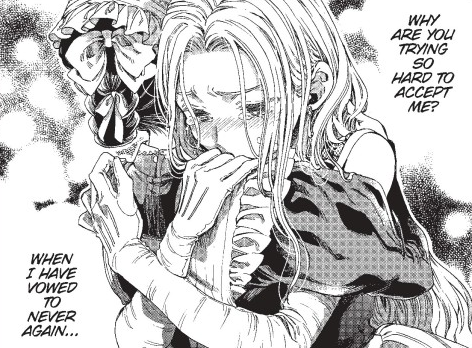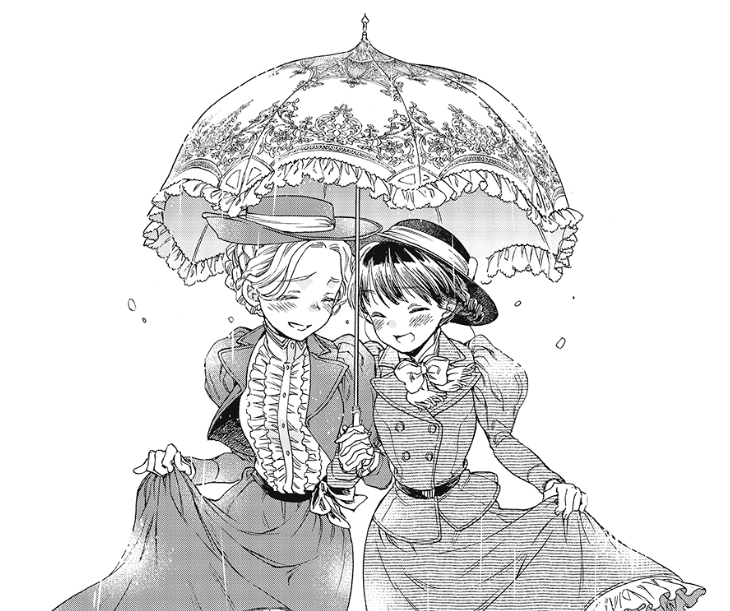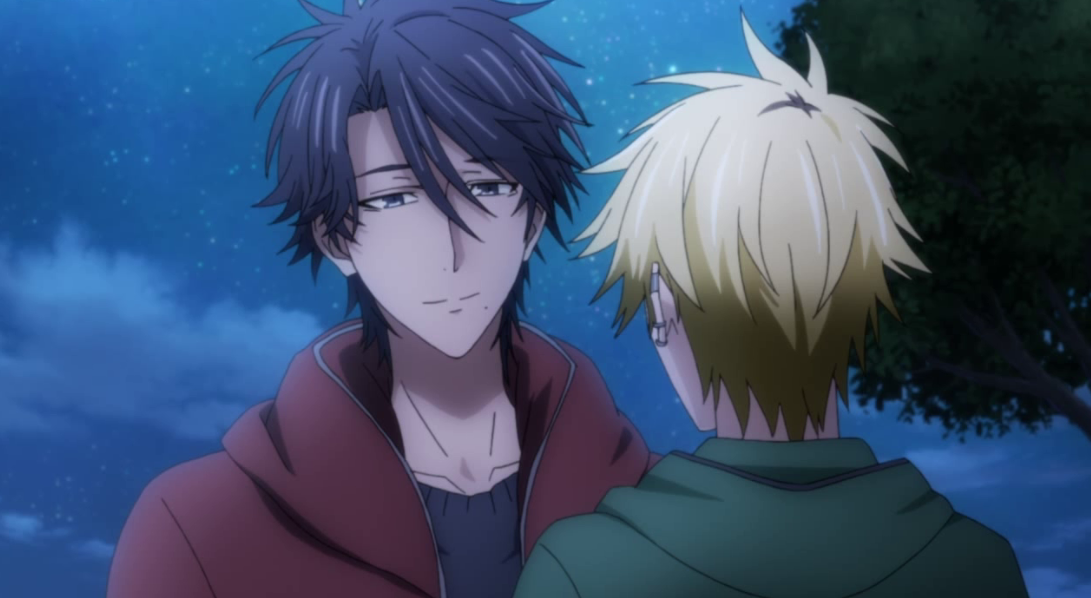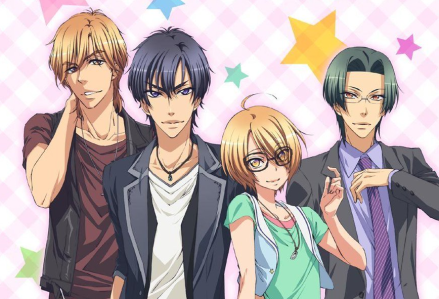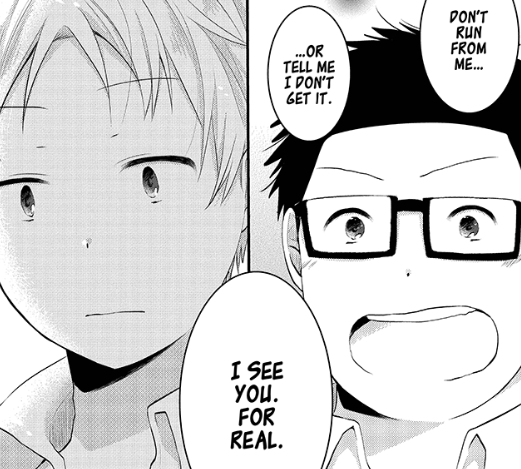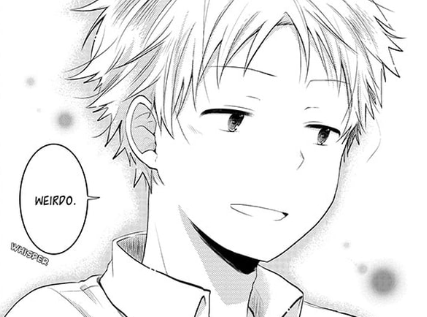A brief spoiler-free review of the 10-episode Summer 2014 anime “Love Stage!!,” animated by J.C.Staff, directed by Kenichi Kasai, and based on the manga by Eiki Eiki.
A Shocking Reunion
Izumi Sena comes from noble blood. Not the stuff of knights and kings, but family fame. His mom’s a famous actress, his father’s a successful producer, and his loud, obnoxious older brother is currently Tokyo’s biggest rockstar. It would surprise anyone to hear that the youngest Sena wasn’t in showbiz. But Izumi didn’t ask for any of this. Instead, Izumi aims to become a manga artist, despite possessing no talent for the craft! In fact, the only way he’s been able to completely avoid the limelight is thanks to his reclusive otaku hobbies.
I suppose “completely” isn’t the right word, though. Technically, Izumi cross-dressed as a girl for a wedding commercial skit ten years ago, which still haunts him to this day. But, a decade after the shoot, the same wedding company wishes to put together a 10th anniversary ad—and staring the original child actors for the project, no less!
This reunites Izumi with Ryouma Ichijou, who’s gone on to become a popular actor. Little does Izumi know that Ryouma’s been looking forward to this day ever since he fell in love the first time they met! As he did then, however, Izumi’s feminine appearance and unisex name still have Ryouma believing that little boy was actually a girl. BUT, even after discovering the truth, Ryouma can’t seem to shake off his feelings. Thus kicks off a series of troubles for Izumi’s big coming out—and in more ways than one.
Love Stage!! is a short romance comedy series based off the original BL manga. Most of the fun in watching comes from the hilarious drama that ensues between Izumi and Ryouma. Whether you’re a fan of BL or not, these two idiots will make you squirm and squeal—and I mean that in a good way. They’re genuinely funny and good-natured, as well as have an amazing chemistry together (even if their initial meeting would technically be viewed as an assault).
Even then, Ryouma spends the entire series redeeming himself and righting this wrong by actively trying to support Izumi and his personal endeavors. Ryouma loves Izumi, no two ways about it. It now becomes a matter of whether Izumi is willing to return that affection or deny the country’s favorite rising star actor.

Lovable Leads, Hilarious Heart
As I mentioned above, the leads of Love Stage!! are easily what make this series so enjoyable and accessible, too. Izumi is a lovable character. His earnest dreams of being a mangaka (when clearly he has no skill whatsoever) probably ring true to many fellow otaku. Izumi just wants to give back to the medium that has given him so much, and his pursuit is a noble one, if not a tad far-fetched. Still, he works tirelessly and dedicates his entire being to making the manga of his dreams, and I admire his unwavering perseverance.
In contrast to Izumi’s cute appearance and large round eyes, Ryouma’s leading features are his charm and captivating presence. The guy is straight SEXY, no doubt about it. But, as we get to know him beyond his actor persona, we see that he’s also just as hardworking and determined to achieve his dreams as Izumi. This includes, of course, getting together with the crush of his childhood.
There’s this ongoing gag in the series that Ryouma is bad at everything he does for the first time, but quickly improves with dedication and experience. Whether allowing people to meet his true self, making friends, or moving things to the bedroom (heh heh), you can only imagine the hilarious outcomes from Ryouma’s “first time” with anything!
The two also have their own family, friends, and industry rivals that spark plenty of entertaining dialogue. For instance, the Sena family manager, Rei Sagara, has a no-nonsense tolerance for anyone’s shit (except when he’s willing to let cute little Izumi slide past him). As a caretaker of sorts, Rei acts more as a doting mother than his own mom, which I suppose doesn’t say much since she’s so full of herself (in the most fabulous way possible). As he realizes his own feelings, Izumi slowly starts coming to Rei with all his questions about life, love, and sex with another man. Their relationship is adorable and handled with surprisingly good guidance.
Rei also helps manage the relationships between Izumi and his brash brother, Shougo, Ryouma’s own manager Shino, and even Ryouma himself sometimes! He’s seriously great, and as the series progresses, we find that many of the cast actually share relationships with one another behind closed doors. Such developments really up the character drama and intrigue!
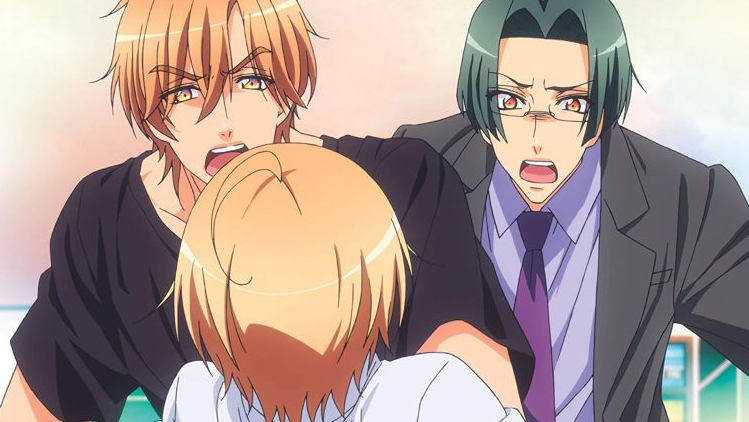
The Best-Looking (and Sounding) BL Anime
I admittedly haven’t seen much BL anime, but from what I understand, this has got to be one of the best currently out on the market. J.C.Staff really went ham on this one. Bright colors constantly dominate the screen, enhancing the light romantic feel for the series. The characters themselves look very attractive, what with their bold expressions, blushy cheeks, and rainbow-colored hair and eyes. It’s nice to see a simple BL anime adaptation look just as amazing as most other high quality rom-com titles.
A lot of people don’t talk about it, but the music is also shockingly good. Yes, the ED “CLICK YOUR HEART!!” by Kazutomi Yamamoto is an absolute bop, but I’m talking about the OST. Composer Ryousuke Nakanishi is probably most famous for his work on The Devil is a Part-Timer!, so you already know he’s got the balance between comedy and drama down pat. I often found the music to carry the emotions almost better than the dazzling visuals did—but then again, I would be remissed if I didn’t talk about the fantastic English dub performances.
This is probably THE best Sentai Filmworks Dub I’ve ever listened to, PERIOD. (Ok, maybe one of them. They’ve really knocked it outta the park recently!) Even with his squeaky voice, Greg Ayres does a fantastic Izumi, providing just the right tinge of embarrassment and self-pride for each of Izumi’s little stunts. Adam Gibbs’ Ryouma is the real winner here, though, cause MY GOD, this man made even me all hot and bothered. Gibbs sounds just as brash and big-headed when he should, but also shows off a softer, more innocent side to Ryouma that is just as captivating as his ambitious, energetic side. Izumi and Ryouma were perfectly cast!
But it doesn’t stop there. David Wald—who graciously lent his own experience as a gay man to bring this dub to life—not only directed Love Stage!!, but also voices Rei Sagara with a snappy, matter-of-fact voice that only he could bring. It’s also always a pleasure to hear John Swasey doing the dad thing as the illustrious Seiya Sena, and the very same to Monica Rial’s lovely (if not hilariously self-absorbed) Nagisa Sena. Lastly, Tia Ballard is sprinkled around as various voices, and she’s always a pleasure to hear in any capacity!
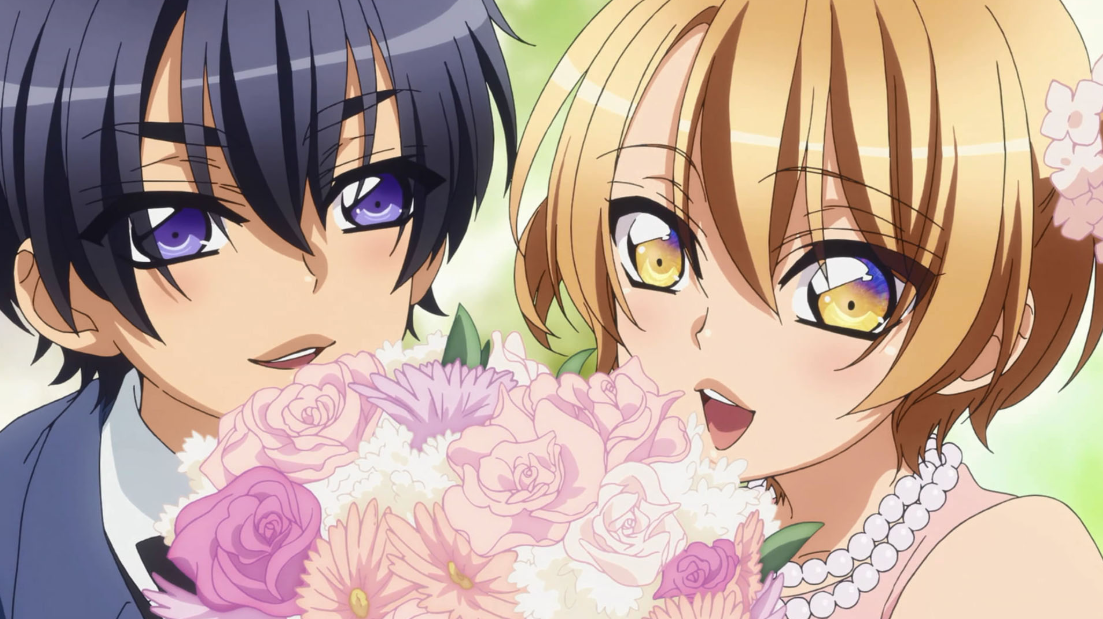
A Coming Out to Celebrate
I honestly came into Love Stage!! thinking it’d be a lot more problematic than it was. Thankfully, I found the series to be one of the most fun watches I’ve enjoyed in quite some time. While it has a somewhat rough start, Love Stage!! only gets better as the plot progresses. Almost everyone in the cast means well to one another, and it’s heartwarming to see so many icons watching each others’ backs. My only wish was that we got a second season to complete the story, as these 10 episodes (plus the hysterical OVA) adapt half the completed manga story.
Whether you’re gay, straight, or somewhere in between, you’ll probably love this series if anime rom-coms in general are your thing. The visuals are extremely pretty, the music’s wonderful, and the English dub is cooked to gay perfection (should you choose to eat your anime this way). I know it was a fight to get this thing dubbed, but BOY did they it to ’em, and for that reason alone I find that Love Stage!! is a coming out worth celebrating.
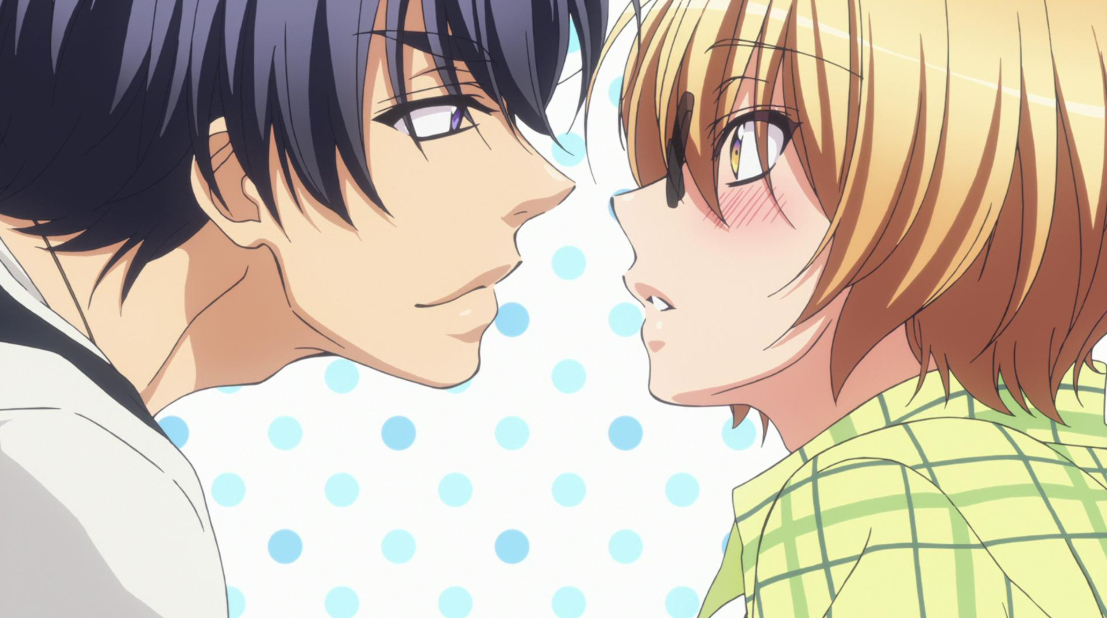
Somewhere in this world, there is a door that leads me to my dreams. I don’t know where that door is. I may not find it in my entire life. And even if I do find it, it may be locked to me . . . — Izumi Sena
Afterword
As a blossoming adult, a budding actor, and definitely a gay man, Izumi’s big coming out story is full of ups and downs. I really cannot recommend this series enough, especially now that I’ve finally seen it! So cute, and sooo good!! Because the story has yet to truly finish, I’ll welcome Love Stage!! as a “Cake” here at the cafe, a title too sweet to miss out on—and especially that dub though, wow, we’re really making history! I’m late to the party, but you should let me know your thoughts on the series down in the comments for sure! I think this would make a great intro title to anyone new to BL. My next Pride Month post will be over Ogeretsu Tanaka’s Escape Journey, so please look forward to that. ‘Till next time!
– Takuto




